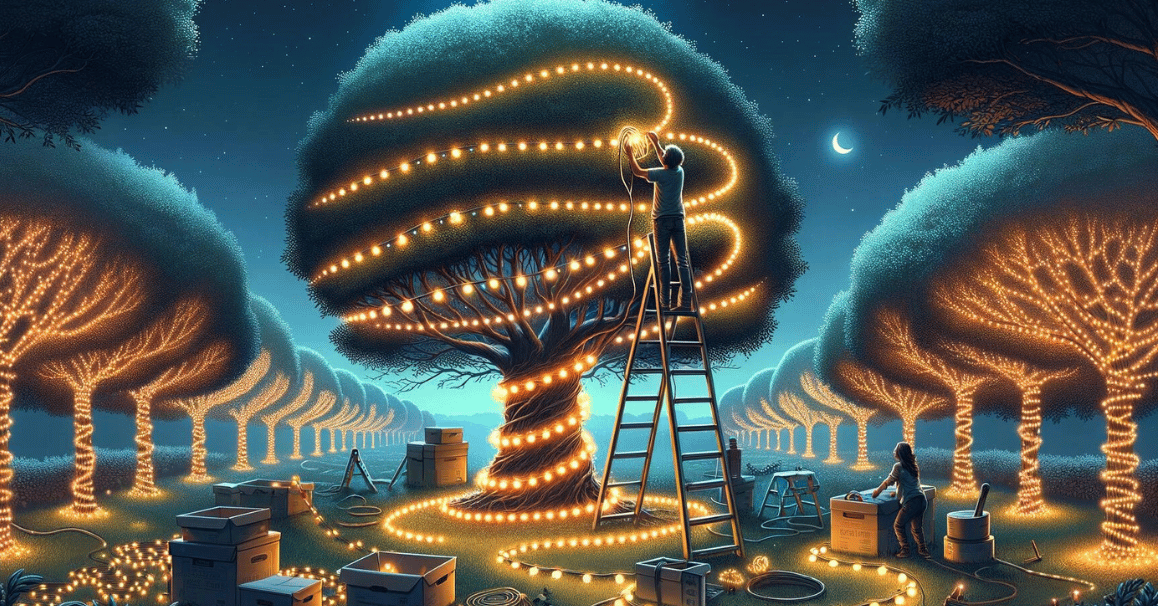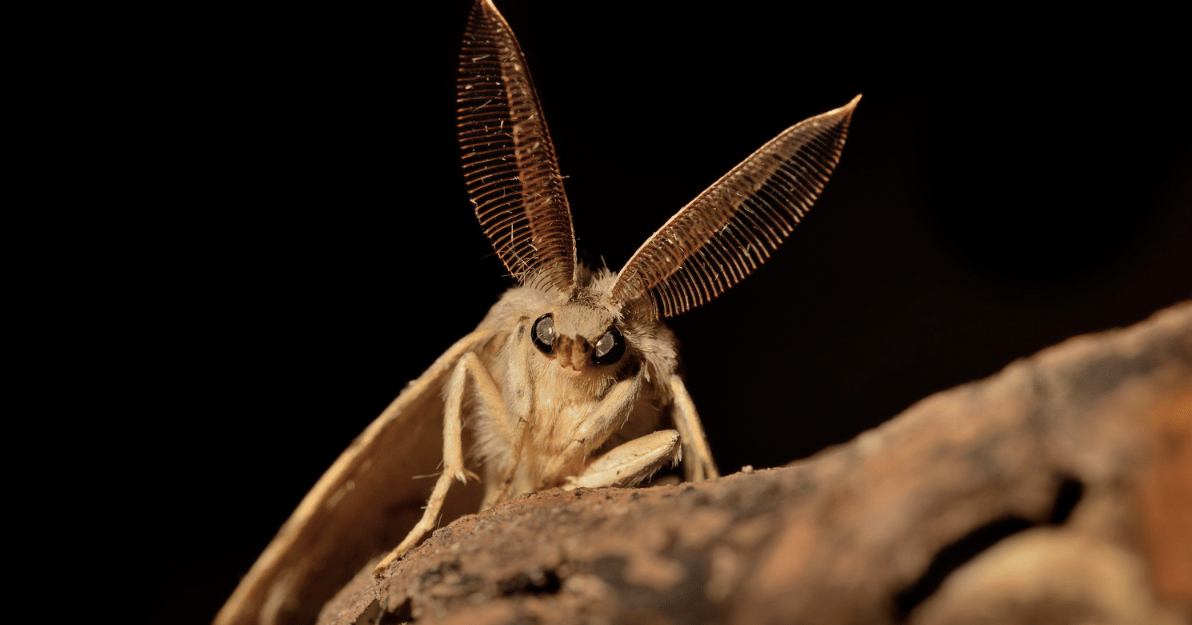Fall is a magical time of year. One of the most stunning changes during this season is the transformation of leaves into vibrant shades of red. Many trees across North America turn red as cooler weather sets in. Let’s look at some of the most striking trees that turn red in the fall and bring a pop of color to the landscape.
1. Red Maple (Acer rubrum)
The Red Maple is one of the most well-known trees that turn bright red in the fall. Native to eastern and central North America, this tree is a favorite for fall foliage. Its striking red leaves make it a popular choice in parks and gardens. Sometimes, the leaves may also turn yellow or orange, but deep red is the most common and admired shade.
2. Dogwood (Cornus florida)
Dogwoods are often planted for spring flowers, but their fall color is just as impressive. In the autumn, the leaves turn a reddish-purple. Small to medium-sized trees are perfect for adding color to a smaller yard.
3. Sugar Maple (Acer saccharum)
Sugar Maples are famous for their role in maple syrup production, but they’re also stars of the fall season. In the autumn, their leaves turn bright shades of red, yellow, and orange. The red color is especially vivid in some Sugar Maples, creating a stunning visual display.
4. Amur Maple (Acer ginnala)
The Amur Maple is another member of the maple family known for its fiery red leaves in the fall. It’s a smaller tree, which makes it an excellent option for gardens or urban areas. Its deep red foliage adds warmth to any landscape.
5. Ginkgo (Ginkgo biloba)
Although Ginkgo trees are more famous for their golden-yellow fall color, certain varieties of Ginkgo can develop a reddish hue under the right conditions. These ancient trees are hardy and unique, with fan-shaped leaves that give a distinctive look to any garden.
6. Sumac (Rhus spp.)
Sumac trees and shrubs are known for their brilliant red and crimson fall foliage. These plants grow well in poor soils and are often seen along highways. The bright red leaves of the Sumac make it an excellent choice for bringing bold color to the landscape.
7. Japanese Maple (Acer palmatum)
Japanese Maples are prized for their delicate, lacy leaves and bright fall colors. These small trees turn a vibrant shade of red during the fall, making them a favorite among gardeners and landscapers. They are perfect for ornamental gardens and patios.
8. Sourwood (Oxydendrum arboreum)
Sourwood is a lesser-known tree, but its fall color is nothing short of spectacular. The leaves turn a deep red or burgundy in the autumn. This tree also produces beautiful white flowers in the summer, making it a great addition to any landscape.
9. Black Tupelo (Nyssa sylvatica)
Black Tupelo trees, also known as Black Gum, turn a striking red in the fall. Their leaves may also develop hints of yellow, orange, or purple, creating a multicolored effect. The Black Tupelo is often found in forests but can also be used in landscaping.
10. Redbud (Cercis canadensis)
Redbud trees are known for their stunning pink spring flowers, but their fall foliage is equally captivating. The heart-shaped leaves of the Redbud turn a mix of red, yellow, and purple during the autumn. They are small trees, ideal for home gardens.
11. Shumard Oak (Quercus shumardii)
Shumard Oak is a stately tree that turns a vibrant red in the fall. This large oak is native to the southern United States and is often planted in parks and large landscapes. Its strong red fall color makes it stand out in any setting.
12. Japanese Stewartia (Stewartia pseudocamellia)
Japanese Stewartia is a beautiful tree with a smooth, mottled bark that adds interest year-round. In the fall, its leaves turn shades of red and orange, making it a fantastic choice for adding seasonal color to your yard.
13. Sweetgum (Liquidambar styraciflua)
Sweetgum trees are well-known for their star-shaped leaves that turn red, orange, and purple in the fall. They are commonly found in the southeastern United States and make a colorful statement when planted in large spaces.
14. Burning Bush (Euonymus alatus)
Though technically a shrub, the Burning Bush is famous for its blazing red leaves in the fall. This plant is often used in hedges or as a standalone accent, turning a vivid red that genuinely lives up to its name.
15. Kousa Dogwood (Cornus kousa)
Kousa Dogwood is another type of dogwood that tuDogwoodeep red in the fall. It’s a small tree, making it an excellent option for urban gardens or compact spaces. Its unique flowers and colorful fall foliage make it a favorite among gardeners.
16. Oak Trees (Quercus spp.)
Several oak trees, including White Oak (Quercus alba) and Red Oak (Quercus rubra), display red foliage in the fall. The solid and sturdy oaks turn brilliant shades of red, adding bold color to the landscape.
17. Bald Cypress (Taxodium distichum)
The Bald Cypress is a unique deciduous conifer. Its needle-like leaves turn a rusty red in the fall, creating an unexpected but beautiful display. These trees are often found in wetlands but can also be planted in drier areas.
18. Sweet Birch (Betula lenta)
Sweet Birch trees in the fall turn a golden-yellow, sometimes with hints of red. These trees are native to the eastern United States and add a touch of warmth to any landscape during the cooler months.
19. Black Gum (Nyssa sylvatica)
Black Gum, or Tupelo, is another tree that turns a fiery red in the fall. It grows well in various soil types and produces vibrant red leaves, a highlight of the autumn season.
20. Katsura Tree (Cercidiphyllum japonicum)
Katsura trees have heart-shaped leaves that turn a mix of red, orange, and yellow in the fall. They are small to medium-sized trees with an elegant form, making them an excellent choice for gardens or smaller landscapes.
Key Takeaways
These trees offer a range of brilliant red hues during the fall season. Planting any of these species can add a splash of color to your yard as the leaves begin to change.
If you’re unsure which trees will work best for your space or need help maintaining their health, Strobert Tree Services can help. We offer a Free health assessment by certified arborists in Delaware, Pennsylvania, and New Jersey. Contact us today to schedule your consultation!











